
5-10 MAY, 2020
Exibition opening story
Georgian National Museum, Tbilisi History Museum (Karvasla), founded in 1910 and exhibits more than 50 thousand unique exhibits. There are several exhibition spaces for the temporary exhibitions too.
Ian Teh, NASA/Curiosity, Ian van Coller, Daniel&Geo Fuchs, David Klammer
Tales of Anthropocene
Curated by Tina Schelhorn
The Anthropocene, a term created by Nobel Prize winner Paul Crutzen, defines Earth's most recent geologic time period as being human-influenced, or anthropogenic, based on overwhelming global evidence that atmospheric, geologic, hydrologic, biospheric and other earth system processes are now altered by humans.
This loss of stability could be disastrous. If the coronavirus pandemic can teach us anything about the climate crisis it is this: our modern interconnected global economy is much more vulnerable than we thought, and we must urgently become more resilient and better prepared for the unknown. Exploring the Anthropocene phenomenon is a matter not just for science. Participation by the social sciences, humanities and artists is critical not only to analyse the causes of changes - but also to take meaningful actions to mitigate harmful trends.
Ian Teh, Kuala Lumpur, Malaysia - Traces: China’s New Deserts
In May 2018, I joined a Chinese research expedition led by prominent environmentalist, Yang Yong, to monitor signs of recent desertification discovered at the source of the Yellow River on the Qinghai Tibetan Plateau. The photo series documents the expedition and effected landscapes in the bordering regions and the headwaters of the Yellow River. www.ianteh.com
NASA/ Curiosity - Mars Panorama
NASA's Curiosity rover has captured its highest-resolution panorama yet of the Martian surface. Composed of more than 1,000 images taken during the 2019 Thanksgiving holiday and carefully assembled over the ensuing months, the composite contains 1.8 billion pixels of Martian landscape. (Credit: NASA/JPL-Caltech/MSSS) https://mars.nasa.gov
Ian van Coller, Bozeman/USA - Antarctica / The Oldest Ice on Earth
I am particularly fascinated with glacier ice as an archive of earth's atmosphere. I recently returned from the Allan Hills of Antarctica where I got to photograph a team of scientists retrieving the oldest ice ever found by humans, approximately 2.7 million years old. The air in that ice can tell us exactly what earth's atmosphere looked like at that point in earths past. The basic answer is that the CO2 levels are now higher than at any point in that 2.7 million year history. Collaborating with members of that team brings art and science together in an effort to make the monumental issue of climate change both tangible and comprehensible on a human scale. https://www.ianvancoller.com
Daniel&Geo Fuchs, Germany – Nature and Destruction
These landscapes create a world in between reality and fiction, to which one has to gain access through an intense viewing of the artists’ photographs. Once entered, the viewer finds itself within a never-ending gameplay of contradictions taking place in a sleek yet post-apocalyptic aesthetic and at the same time confronting with the destruction of nature due to the impact of humankind- Most of the pictures of „Nature & Destruction“ are done with a camera robot system developed byNASA and Google for the Mars mission.
www.daniel-geo-fuchs.com
David Klammer, Cologne - Ende Gelaende
‘Ende Gelaende’ is an NGO that creates spectacular civil disobedience actions against brown coal companies that are among the worst polluters of our atmosphere.
On June 24, 2019, thousands of activists, dressed in white or red painter ́s suits, blocked coal railway tracks and stormed into the huge open coal mines of Garzweiler near the Neurath Power Plant in Grevenbroich, Germany. https://www.davidklammer.com

 Programme
Programme
 Programme
Programme
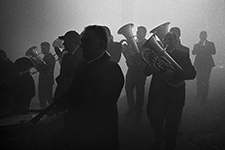
 Georgian National Museum
Georgian National Museum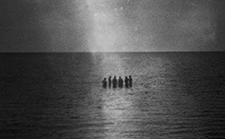

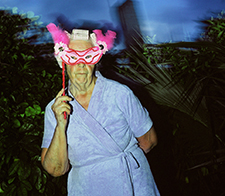

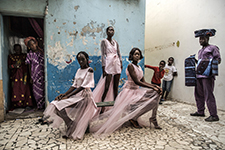
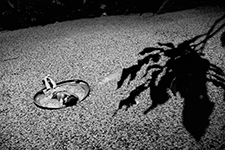

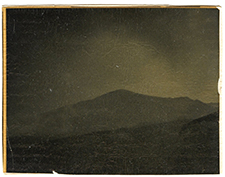
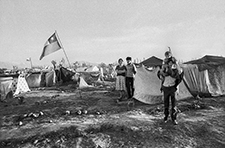
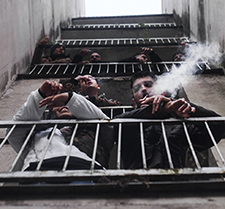



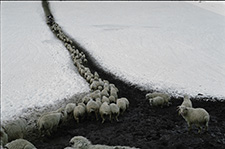
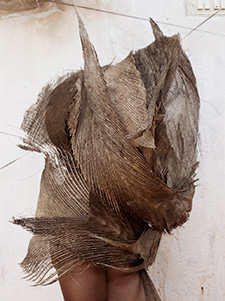

 Next to Peace Bridge
Next to Peace Bridge













